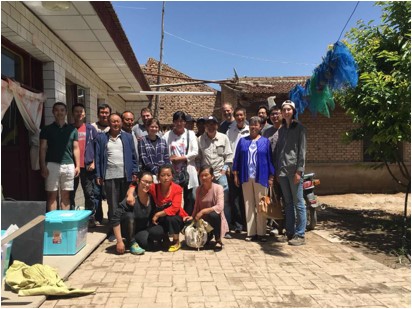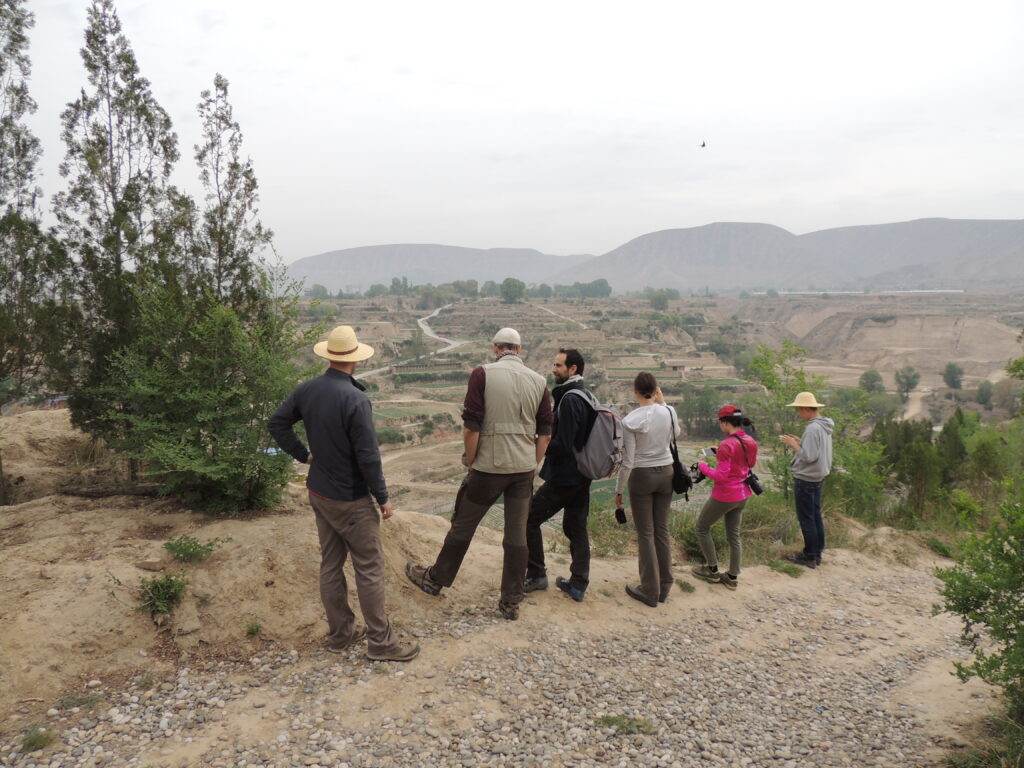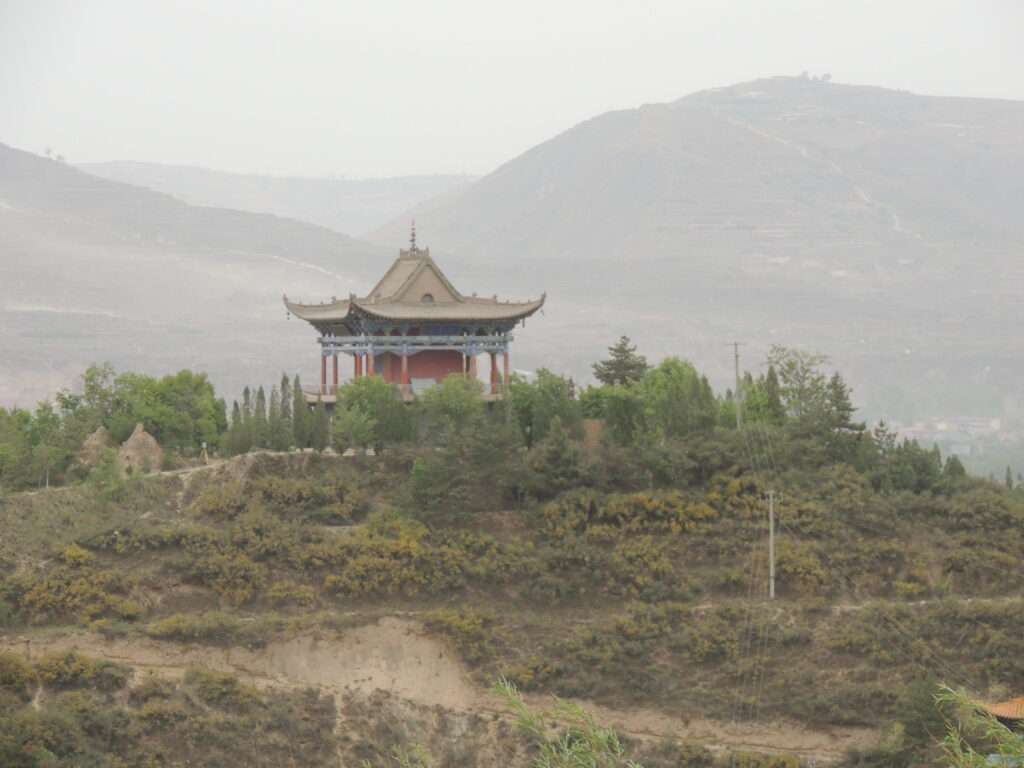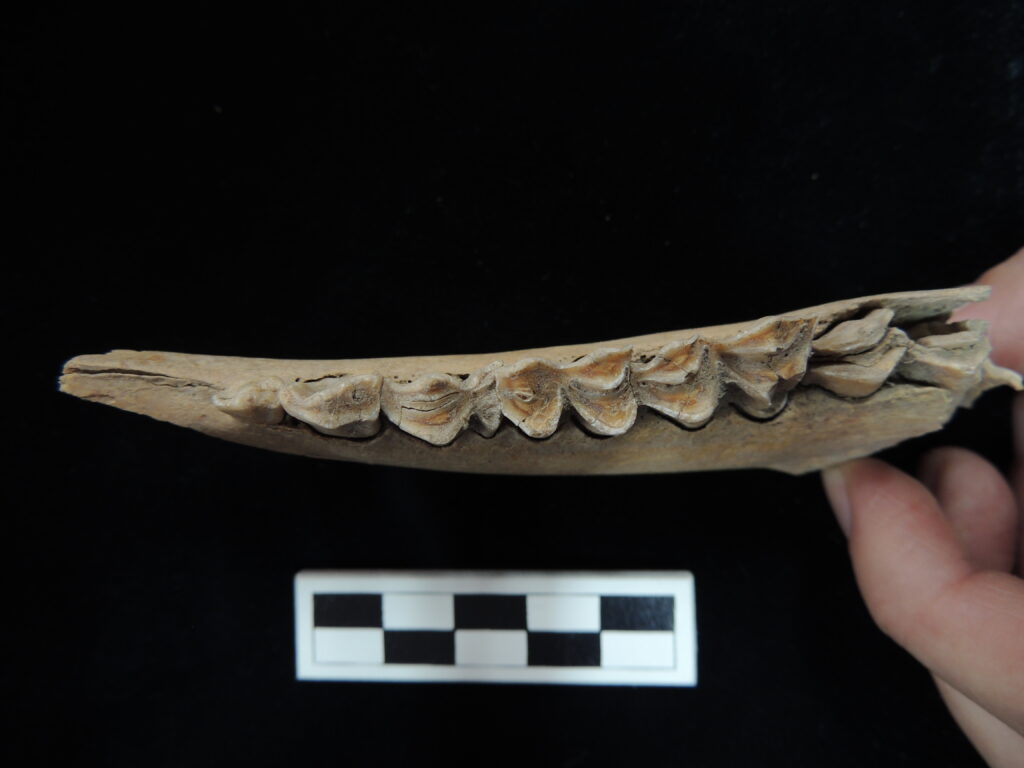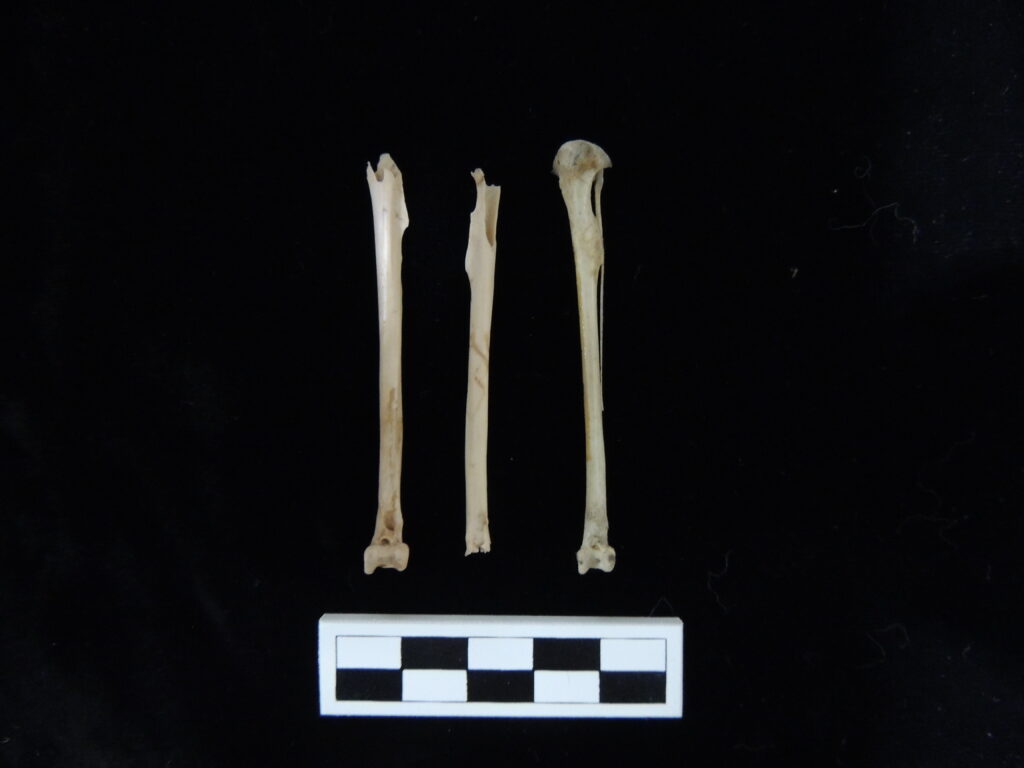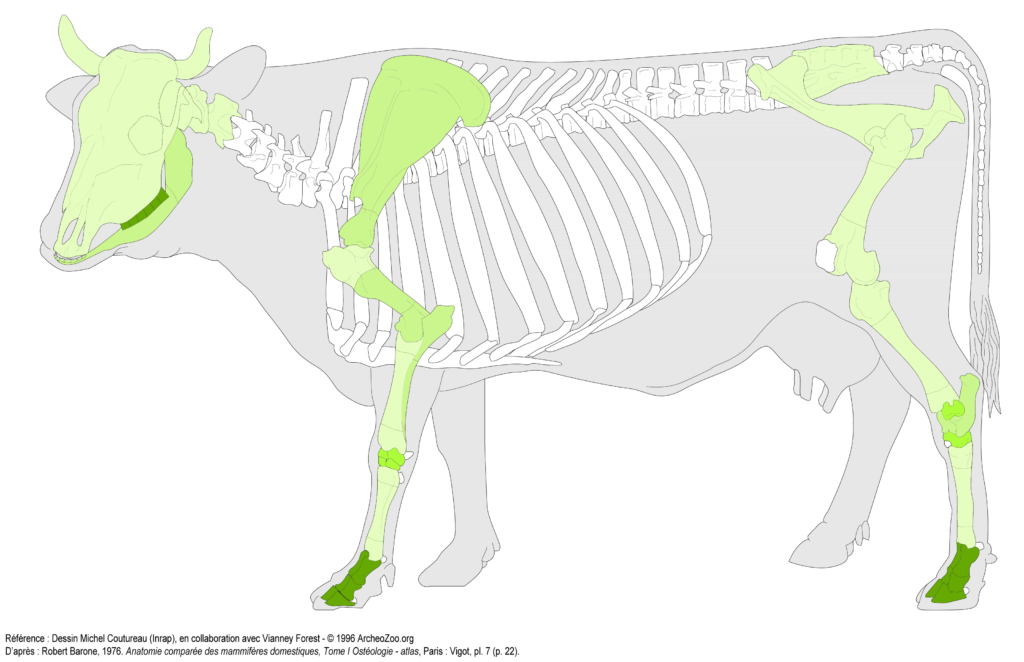Zooarchaeology in China
Professor Brunson conducts fieldwork in China annually in order to investigate past human-animal interactions in East Asia. She collaborates with zooarchaeologists across China and is part of several international teams that are investigating Neolithic and Bronze Age archaeological sites. She has conducted archaeological fieldwork and zooarchaeological analyses of sites in Gansu, Henan, Qinghai, Shanxi, Shaanxi, Sichuan, and Yunnan Provinces. You can read about some of these projects below!
Human Adaptation to Holocene Environments: Perspectives and Promise from China
Digging Deep into Chinese History
Zooarchaeological and Genetic Evidence for the Origins of Domestic Cattle in Ancient China
Early foraging settlement of the Tibetan Plateau highlands
Sheep, Cattle, and Specialization: New Zooarchaeological Perspectives on the Taosi Longshan
PDFs available on Katherine Brunson’s Academia.edu page.

